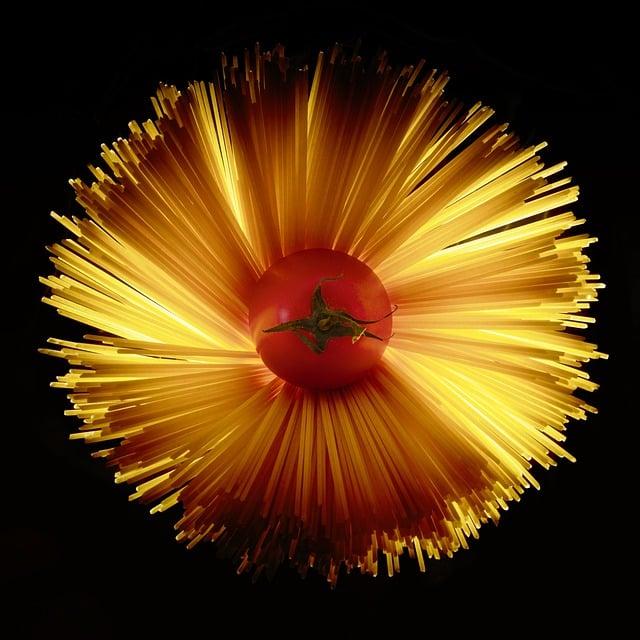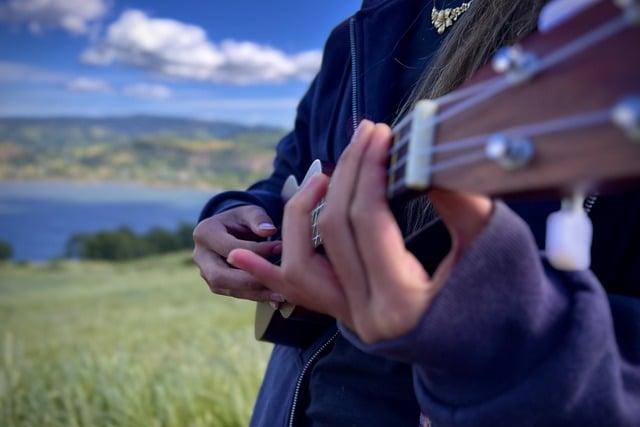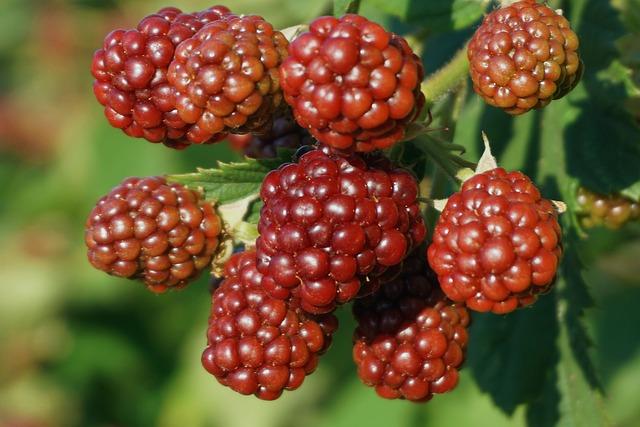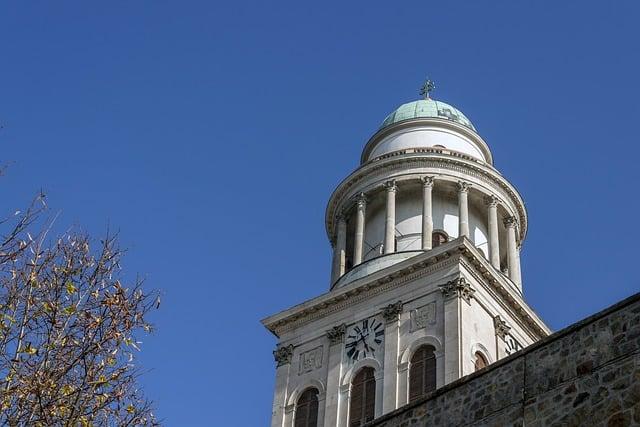Once upon a time in ancient Rome, the winter solstice was celebrated with greenery, symbolizing life amidst the cold. People adorned their homes with garlands of laurel and ivy, believing these plants brought good fortune. As centuries passed, this tradition evolved, intertwining with Christian customs. By the Middle Ages, evergreen garlands became a staple of Christmas decor, representing eternal life. Today, they grace our homes, a vibrant reminder of history, hope, and the warmth of the season, bridging past and present in festive harmony.
Table of Contents
- The Origins of Christmas Garland and Its Cultural Significance
- Evolution of Materials Used in Christmas Garland Through the Ages
- Creative Ways to Incorporate Garland into Modern Holiday Decor
- Preserving Tradition: Tips for Crafting Your Own Christmas Garland
- Q&A

The Origins of Christmas Garland and Its Cultural Significance
The tradition of using garlands during the festive season can be traced back to ancient civilizations, where they were crafted from natural materials such as leaves, flowers, and fruits. In ancient Rome, garlands were a symbol of victory and celebration, often worn during festivals and ceremonies. As Christianity spread, these decorative adornments evolved, taking on new meanings and associations. The evergreen foliage used in Christmas garlands, such as pine and fir, symbolizes eternal life and resilience, reflecting the hope and joy that the holiday season brings. This connection to nature not only enhances the aesthetic appeal of holiday decorations but also serves as a reminder of the enduring spirit of life amidst the winter chill.
Throughout history, garlands have transcended their decorative purpose, becoming a significant cultural emblem during the Christmas season. They are often used to adorn homes, churches, and public spaces, creating a warm and inviting atmosphere. The act of hanging garlands can also be seen as a communal activity, fostering a sense of togetherness and shared celebration among families and communities. Today, garlands are crafted from a variety of materials, including artificial greens, ribbons, and ornaments, allowing for endless creativity in their design. This evolution reflects the adaptability of traditions, as they continue to resonate with people across different cultures and backgrounds, uniting them in the spirit of the holiday season.

Evolution of Materials Used in Christmas Garland Through the Ages
The materials used in Christmas garlands have transformed significantly over the centuries, reflecting both cultural shifts and advancements in technology. In ancient times, garlands were crafted from **natural elements** such as evergreen branches, holly, and berries, symbolizing life and renewal during the winter months. These organic materials were often intertwined with **dried fruits** and **spices**, not only for their aesthetic appeal but also for their aromatic qualities, creating a sensory experience that enhanced the festive atmosphere. As societies evolved, so did the materials, with the introduction of **ribbons** and **fabrics** that added color and texture, allowing for more elaborate designs that catered to the tastes of the time.
The Industrial Revolution marked a significant turning point in the evolution of garland materials. With mass production capabilities, **artificial greenery** became widely available, offering a more durable and cost-effective alternative to natural foliage. This innovation allowed for the creation of **plastic and metallic elements**, which introduced a new dimension of sparkle and shine to holiday decorations. Today, garlands can be found in a myriad of styles, incorporating **LED lights**, **glitter**, and even **themed ornaments**, showcasing a blend of traditional and contemporary influences. This evolution not only highlights the changing aesthetics of holiday decor but also reflects broader trends in consumer preferences and environmental considerations.

Creative Ways to Incorporate Garland into Modern Holiday Decor
Garland has evolved from its traditional roots into a versatile decor element that can enhance any modern holiday setting. One innovative approach is to use garland as a statement piece by draping it over unexpected surfaces. Consider adorning a sleek, minimalist staircase railing with a lush, green garland intertwined with twinkling fairy lights. This not only adds warmth but also creates a stunning visual contrast against contemporary architecture. Additionally, you can wrap garland around door frames or windows, allowing it to cascade down for a whimsical touch that invites holiday cheer into your home.
Another creative way to incorporate garland is by mixing textures and materials to create a unique holiday display. Combine traditional evergreen garland with elements like **metallic ribbons**, **dried flowers**, or even **fabric strips** for a modern twist. You can also use garland to frame a mirror or piece of artwork, adding depth and a festive flair to your decor. For a more interactive approach, consider creating a garland photo wall by stringing up a length of garland and attaching holiday-themed photos or cards with clothespins. This not only personalizes your space but also serves as a delightful conversation starter during gatherings.

Preserving Tradition: Tips for Crafting Your Own Christmas Garland
Creating your own Christmas garland is a delightful way to connect with the rich traditions of the season while adding a personal touch to your holiday decor. Start by gathering natural materials that evoke the spirit of winter, such as **evergreen branches**, **pinecones**, and **holly berries**. These elements not only symbolize everlasting life but also bring a fresh, aromatic scent into your home. Consider incorporating **dried fruits** like oranges or apples for a pop of color and a hint of sweetness. The process of crafting your garland can be a wonderful family activity, allowing everyone to contribute their creativity and ideas.
When it comes to assembling your garland, think about the style that resonates with you. You can opt for a **rustic look** by using twine or burlap to tie your materials together, or go for a more **elegant finish** with satin ribbons and metallic accents. As you work, remember to layer your materials for depth and texture, ensuring that each element shines through. Don’t hesitate to add personal touches, such as **handwritten tags** or **family heirlooms**, to make your garland truly unique. This festive project not only beautifies your space but also serves as a cherished reminder of the traditions that bind us during the holiday season.
Q&A
-
What is the origin of Christmas garland?
The tradition of using garlands dates back to ancient times, with roots in various cultures. The Romans used garlands made of leaves and flowers to celebrate the winter solstice, while early Christians adopted this practice, incorporating evergreen plants to symbolize eternal life.
-
What materials are commonly used in Christmas garlands?
Christmas garlands are typically made from a variety of materials, including:
- Evergreen branches: Such as pine, fir, or cedar, representing everlasting life.
- Fruits and berries: Often added for color and symbolism of abundance.
- Ribbons and ornaments: Used to enhance the visual appeal and festive spirit.
-
How has the use of garlands evolved over time?
Initially used for religious and ceremonial purposes, garlands have transformed into a popular decorative element during the Christmas season. Today, they are found in homes, public spaces, and events, often customized with lights and personal touches to reflect individual styles.
-
Are there any specific meanings associated with Christmas garlands?
Yes, Christmas garlands carry various meanings, including:
- Evergreen symbolism: Represents hope and renewal.
- Unity: The circular shape of garlands symbolizes eternity and togetherness.
- Celebration: Used to adorn spaces, they signify joy and festivity during the holiday season.
As we hang our garlands each holiday season, we connect with centuries of tradition and creativity. From ancient rituals to modern decor, the history of Christmas garland reminds us that every strand tells a story, weaving together past and present.

大家好,我是彼得潘,專業的手法身體治療師。我喜歡探索和研究各種主題,並透過與人工智慧的合作分享專業、實用、有趣的文章。我們定期進行人工審核,以確保內容的準確性。如果您發現文章中有任何不準確的地方,請隨時與我們聯繫,我們會及時糾正。您可以透過 [email protected] 與我們聯繫。



